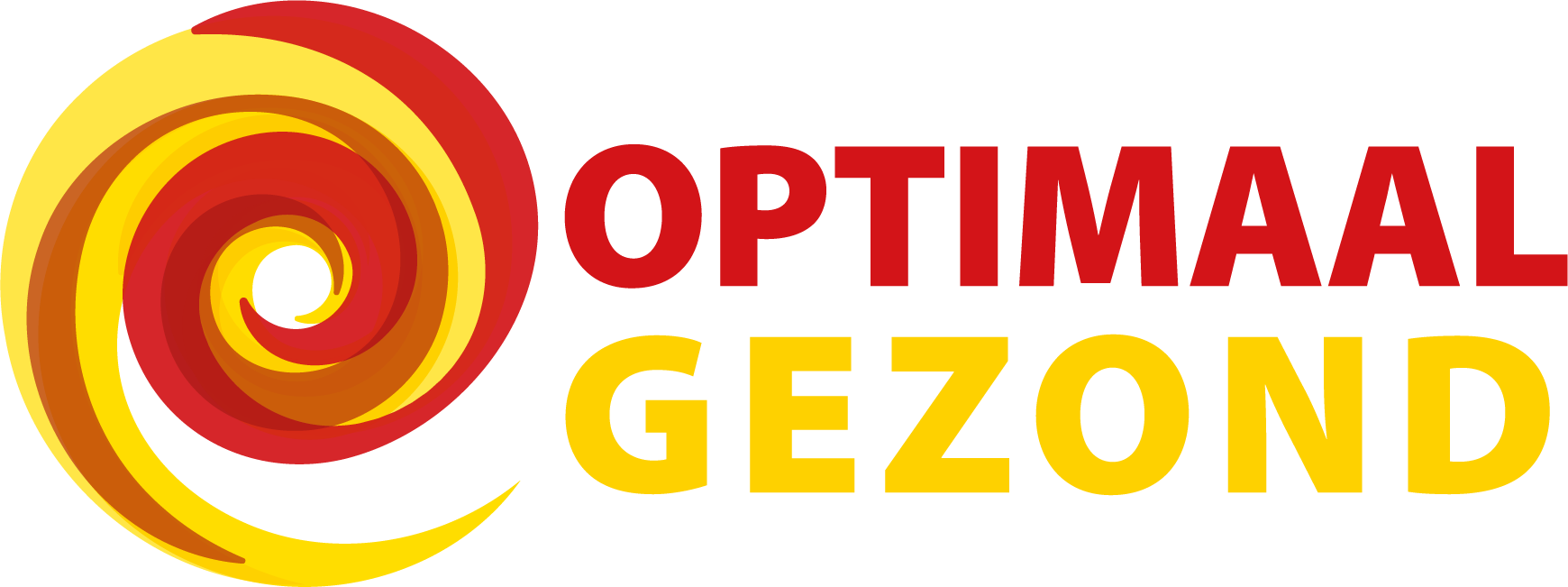There are no products in your shopping cart yet.
Histamine intolerance and the role of progesterone.

What is Histamine?
Histamine is a substance responsible for the immune system, digestion, and central nervous system. It acts as a neurotransmitter, sending messages from your body to your brain. Histamine is also a component of stomach acid and helps break down food in the stomach.Histamine is released by the body when needed. It is also present in food and is released after an allergic reaction. If you have too much histamine in your body, you might start to notice symptoms like headaches, fluid retention, various aches, or just feeling unwell. Histamine travels through the bloodstream and affects the lungs, intestines, brain, skin, and vascular system.
Symptoms of Histamine Intolerance
If you have histamine intolerance, you have too much histamine in your body and can experience significant symptoms.Histamine intolerance symptoms:
- Headache or migraine
- Nasal congestion or runny nose
- Vomiting or nausea
- Irregular menstrual cycle
- Hives, dry skin, eczema, itchy skin, flushing
- Swollen, red, raised patches on the skin
- Fatigue or exhaustion
- Dizziness
- Anxiety
- Irregular heartbeat
- High or low blood pressure
- Swollen tissues
- Abdominal pain
- Problems with temperature regulation
- Diarrhea, abdominal pain, stomach pain, gas, or bloating, IBS
- Red, itchy, watery eyes
- Sneezing, shortness of breath
- Sleep problems
Causes of Histamine Intolerance Symptoms
The enzyme diamine oxidase (DAO) is needed to break down excess histamine in the body. If this doesn't happen sufficiently, histamine intolerance develops.
Problems arise when histamine is not properly broken down by DAO. A healthy diet should contain histamine to keep the immune system functioning properly. However, some foods can trigger an inflammatory reaction, leading to excess histamine.
Foods High in Histamine
- Aged cheese
- Haddock
- Processed meats
- Walnuts, cashews, and peanuts
- Tomatoes
- Spinach
- Eggplant
- Avocado
- Dried fruit
- Citrus fruits
- Fermented foods and dairy like yogurt
- Alcohol and fermented beverages
Foods That Increase Histamine Release and Block DAO Function
- Flavor enhancers and other additives
- Citrus fruits
- Chocolate
- Papaya
- Beans
- Wheat germ
- Bananas
- Alcohol
- Black and green tea
- Energy drinks
Low DAO Levels: Causes
- SIBO (small intestine bacterial overgrowth)
- Leaky gut (damaged intestinal lining)
- Gluten intolerance
- Use of histamine blockers
- Use of antidepressants and other medications (including aspirin and ibuprofen)
- Inflammatory bowel diseases like ulcerative colitis, Crohn's, IBS
Progesterone Deficiency and Estrogen Dominance
Due to lifestyle factors, most women have too much estrogen and too little progesterone. This can cause various symptoms, including histamine intolerance. If your symptoms worsen during your menstrual cycle (just before your period), it's likely due to estrogen dominance and progesterone deficiency.Relationship Between Estrogen Dominance, Progesterone Deficiency, and Histamine Intolerance
Progesterone directly prevents or significantly reduces the release of histamine from mast cells. Mast cells play a significant role in the immune system and are found mainly in the skin, airways, digestive system, and urinary system. Therefore, progesterone acts as an antihistamine. If you have an allergic reaction, apply more progesterone cream that day.Research shows that histamine intolerance disappears during the last three months of pregnancy because the placenta produces a large amount of progesterone. DAO levels increase by 500 times, allowing for the breakdown of histamine. After childbirth, when the placenta is also expelled, progesterone levels drop dramatically, and symptoms return.
A progesterone deficiency directly affects histamine release. Estrogen, on the other hand, stimulates mast cells to produce histamine and limits DAO production. This explains why histamine intolerance is worst between ovulation and the start of menstruation.
Histamine also stimulates more estrogen production, creating a hormonal roller coaster, especially if you consume histamine-rich foods.
Conclusion: Histamine Intolerance and Estrogen Dominance
If you suffer from histamine intolerance, there's a good chance you also have estrogen dominance. Start using progesterone cream and see if it alleviates your symptoms. The intestines play a crucial role in histamine intolerance. Use probiotics and avoid histamine-rich foods for a while. In severe cases, consider a carnivorous diet for a few weeks.Histamine intolerance symptoms can be quite severe. Often, what we don't realize is that histamine intolerance is frequently accompanied by estrogen dominance and progesterone deficiency. Taking antihistamines isn't the solution; addressing estrogen dominance and strengthening the intestines is.
Comments (2)
Manuela
- 27-10-2025
Goedemiddag bij welke arts kan ik dit laten testen? Ik zit in de overgang en volg een dieet t gaat een stuk beter maar soms toch nog een allergische heftige reactie. Jeuk hartkloppingen en bloeddruk schommelingen. Alvast bedankt Gr Manuela
 English
English



Hi ik heb last van histamine klachten in mn zwangerschap. Zit nu op week 33. Zou carnivoordieet, het kunnen verbeteren? Of zijn er nog voedingsproducten die progesteron boosten tijdens zwangerschap ? Daopillen slik ik al. Antihistaminetabletten geven weer darmklachten helaas